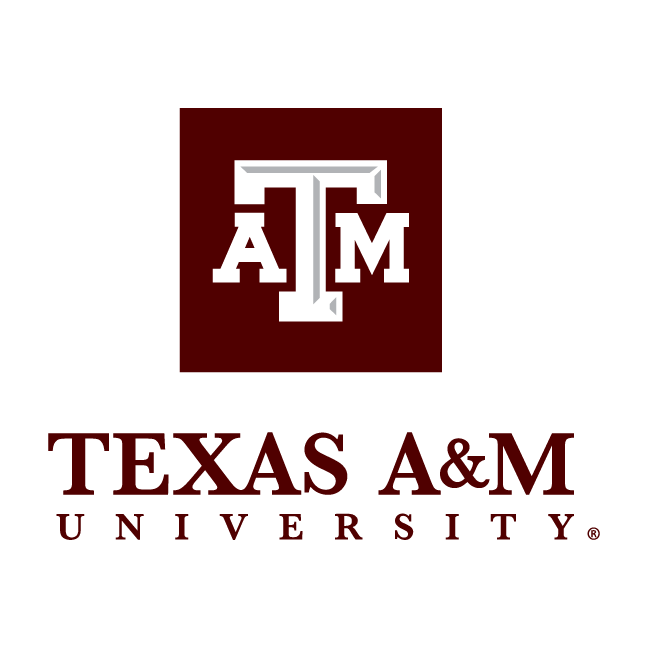Biological materials such and blood vessels, muscles, tendons and ligaments have been known to exhibit non-linear mechanical behavior. These materials are viscoelastic, anisotropic and non-linear and they do not have a simple constitutive response to applied loading.

We investigate the mechanical properties of biological tissues and apply physics and engineering principles to address cardiovascular issues like aortic dissection and aneurysms. Our approach includes:
- Material Characterization:
- Uni-axial and bi-axial tension tests to assess mechanical properties.
- Fracture Property Determination:
- Peel testing to evaluate tissue fracture resistance.
- Viscoelastic Property Analysis:
- Torsional rheometry to measure viscoelastic behavior.
We additionally use implicit elastic constitutive equations to study the mechanical properties of soft tissues and to guide the development of more robust constitutive theory and experimental techniques.
Propagation and Initiation of Aortic Dissection.

Aortic dissection is a severe cardiovascular disease with high mortality, yet its mechanics remain poorly understood. Our research focuses on experimental and theoretical approaches to uncover the underlying mechanisms of dissection initiation and propagation. By integrating mechanical characterization with mathematical modeling, we aim to bridge the gap between clinical observations and fundamental biomechanics. Key aspects of our study include:
- Disease Context:
- Aortic dissection is among the deadliest cardiovascular diseases, with high morbidity and mortality rates.
- Knowledge Gap:
- Despite advances in prevention and surgery, fundamental understanding of dissection mechanics remains limited.
- Research Focus:
- Investigating the initiation and propagation of aortic dissection using mechanical analysis.
- Theoretical Approach:
- Developing mathematical models to describe dissection propagation from intimal tears.
- Experimental Approach:
- Conducting mechanical characterization experiments to determine the material properties of aortas.
Relevant Publications
- Gueldner, P.H., Darvish, C.J., Chickanosky, I.K., Ahlgren, E.E., Fortunato, R., Chung, T.K., Rajagopal, K., Benjamin, C.C., Maiti, S., Rajagopal, K.R. and Vorp, D.A., 2024. “Aortic tissue stiffness and tensile strength are correlated with density changes following proteolytic treatment.” Journal of Biomechanics, 172, p.112226.
- Rajagopal, K. R., Myneni, M., Trevino, A., Benjamin, C. C., Muthupillai, R., Rajagopal, K., Developing improved mathematical models of aortic mechanics. The Journal of Thoracic and Cardiovascular Surgery.
- Myneni, Manoj, Raghuveer Lalitha Sridhar, Kumbakonam R. Rajagopal, and Chandler C. Benjamin. “Experimental Investigation of the Anisotropic Mechanical Response of the Porcine Thoracic Aorta.” Annals of Biomedical Engineering 50, no. 4 (2022): 452-466.
- Myneni, Manoj, Akshay Rao, Mingliang Jiang, Michael R. Moreno, K. R. Rajagopal, and Chandler C. Benjamin. “Segmental variations in the peel characteristics of the porcine thoracic aorta.” Annals of Biomedical Engineering 48, no. 6 (2020): 1751-1767.
- Rao, Akshay, Manoj Myneni, C. C. Benjamin, and K. R. Rajagopal. “High Amplitude Torsional Shear of Porcine Thoracic Aorta.” In Mechanics of Biological Systems and Materials & Micro-and Nanomechanics, Volume 4, pp. 37-40. Springer, Cham, 2020.
- C.C.Benjamin, Myneni, M., Muliana, A., & Rajagopal, K. R. (2019). Motion of a finite composite cylindrical annulus comprised of nonlinear elastic solids subject to periodic shear. International Journal of Non-Linear Mechanics.
Publications by Collaborators
- Alagappan, P., Rajagopal, K. R., & Kannan, K. (2018). A damage initiation criterion for a class of viscoelastic solids. Proc. R. Soc. A, 474(2214), 20180064.
- Alagappan, P., Rajagopal, K. R., & Kannan, K. (2017). Initiation of damage in a class of polymeric materials embedded with multiple localized regions of lower density. Mathematics and Mechanics of Solids, 1081286517692392.
- Freed, Alan D., and K. R. Rajagopal. “A promising approach for modeling biological fibers.” Acta Mechanica 227.6 (2016): 1609-1619.
- Alagappan, P., Kannan, K., & Rajagopal, K. R. (2016). On a possible methodology for identifying the initiation of damage of a class of polymeric materials. Proc. R. Soc. A, 472(2192), 20160231.
- Rajagopal, K., Bridges, C., & Rajagopal, K. R. (2007). Towards an understanding of the mechanics underlying aortic dissection. Biomechanics and modeling in mechanobiology, 6(5), 345-359.
